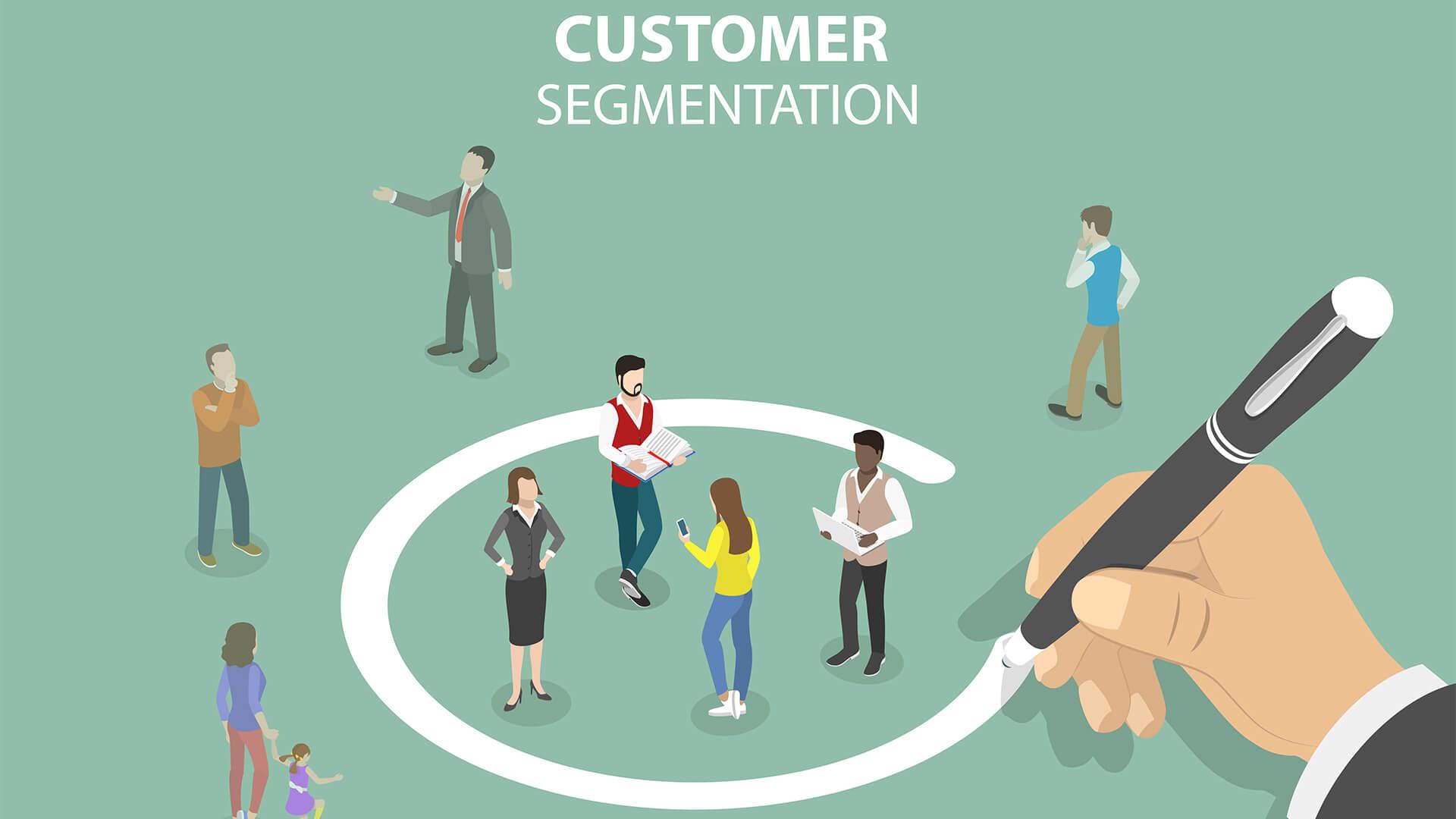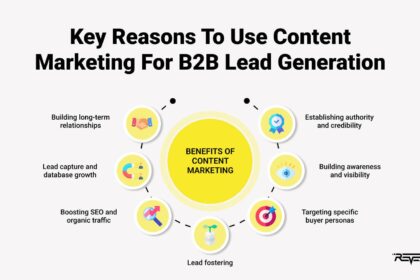In a world brimming with choices, where consumers are bombarded with an ever-expanding array of products and services, understanding what makes each customer unique has never been more crucial. Enter customer segmentation—a transformative approach that unveils the hidden patterns within a diverse marketplace. By categorizing customers based on their behaviors, preferences, and demographics, businesses can tailor their strategies to not only meet but anticipate the needs of different consumer groups. This article will explore the intricate art and science of customer segmentation, illuminating how it empowers brands to unlock invaluable insights, enhance customer experiences, and drive growth. Join us as we delve into the nuances of this powerful tool, revealing how it can be the key to forging deeper connections and more meaningful interactions in an increasingly competitive landscape.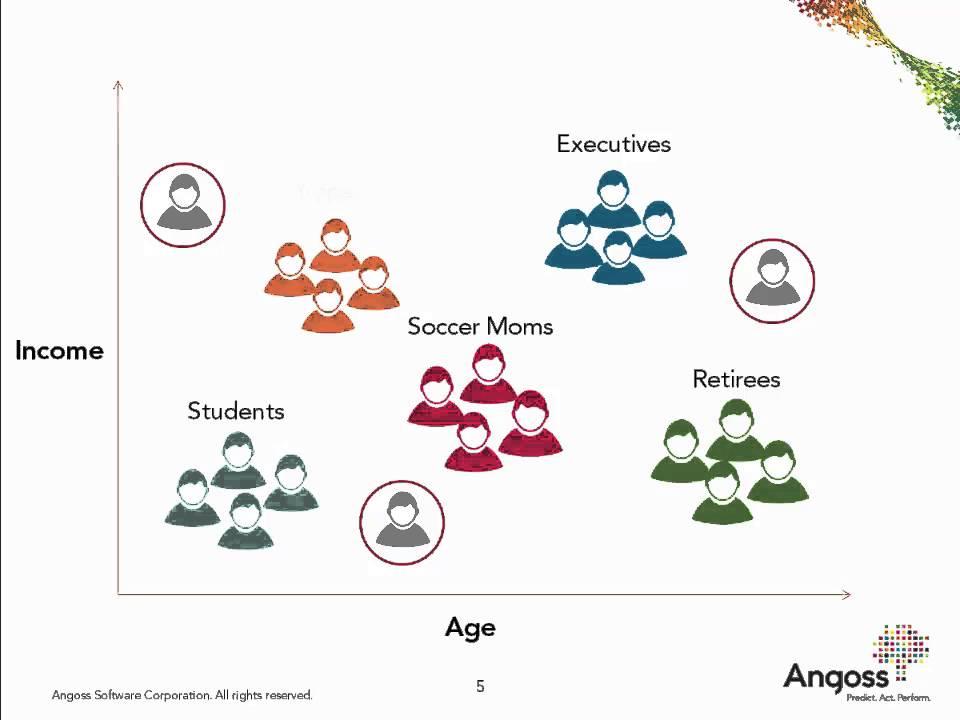
Understanding the Core of Customer Segmentation
At the heart of effective marketing lies the ability to understand diverse customer groups. Customer segmentation involves categorizing a broad customer base into smaller, more manageable subgroups. This process can be defined by measurable characteristics such as demographics, behaviors, or preferences. By diving deep into these groups, businesses can tailor their strategies, ensuring that messaging resonates and engages effectively. Key factors that define successful segmentation include:
- Demographics: Age, gender, income, and location are fundamental in group identification.
- Behavior: Purchasing history, interactions, and product usage reveal valuable insights.
- Psychographics: Values, interests, and lifestyle choices further enrich the segmentation process.
- Firmographics: For B2B segmentation, company size, industry, and revenue are critical.
When executed well, segmentation empowers companies to engage more meaningfully with their audience. It allows for the creation of personalized experiences, promotes customer loyalty, and drives conversion rates. For example, marketers can design targeted campaigns that highlight specific product features appealing to distinct segments. A clear table demonstrating different types of segments and their corresponding attributes can illustrate this concept:
| Segment Type | Attributes | Targeted Messaging Example |
|---|---|---|
| Young Adults | 18-24 years, tech-savvy | Highlight social media promotions |
| Families | Parents with children | Focus on value and convenience |
| Budget Shoppers | Price-sensitive consumers | Emphasize discounts and deals |
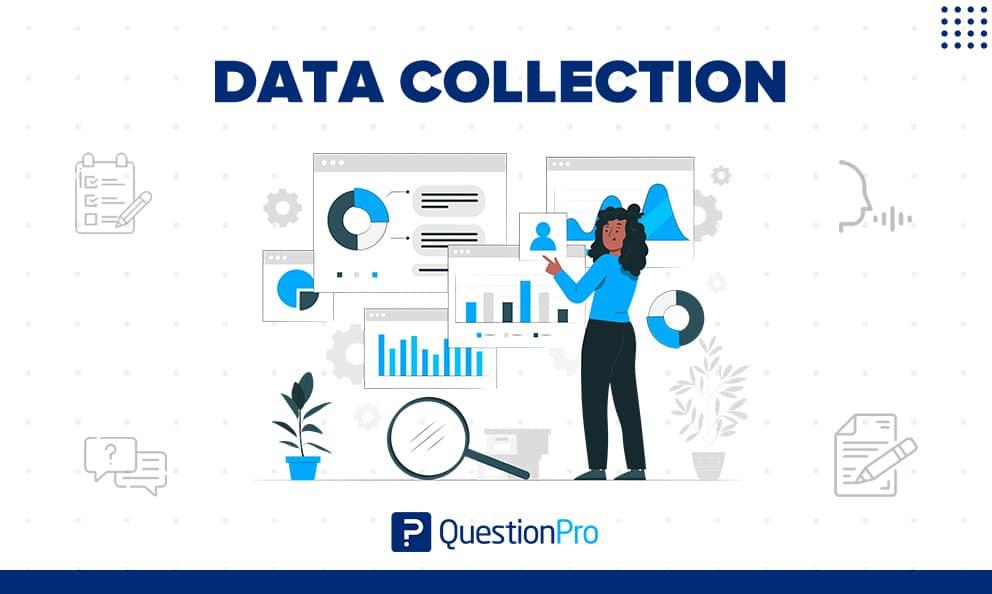
Strategies for Effective Data Collection and Analysis
To harness the full potential of customer segmentation, organizations must develop robust strategies for data collection and analysis. Identifying reliable data sources is paramount, as high-quality data directly influences the accuracy of insights. Consider these sources:
- Customer feedback and surveys
- Social media interactions
- Website analytics
- Purchase history
Once the data is collected, employing advanced analytical techniques—such as clustering algorithms and predictive modeling—can reveal significant patterns among customer groups. It is essential to focus on actionable insights that drive business decisions. Here’s how to effectively analyze the data:
- Utilize visualization tools for better interpretation
- Segment customers based on behavior, demographics, or preferences
- Continuously test and refine segmentation based on performance metrics
Ultimately, organizations should foster a culture of data-driven decision-making by aligning teams around the insights gleaned from segmentation efforts. This ensures that every department, from marketing to product development, works cohesively to meet the needs of their distinct customer groups.
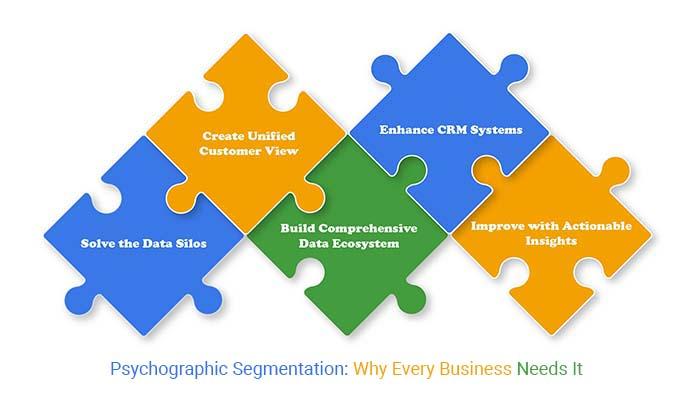
Tailoring Marketing Efforts Through Segmented Insights
In the ever-evolving landscape of marketing, understanding your audience on a granular level is not just beneficial—it’s essential. By leveraging segmented insights, brands can tailor their marketing efforts to resonate uniquely with each consumer group. This involves analyzing customer behavior, preferences, and demographics to create specific profiles. The result is a marketing strategy that feels personal rather than generic, allowing businesses to:
- Enhance engagement: Relevant messages drive deeper connections.
- Boost conversion rates: Targeted campaigns are more likely to lead to sales.
- Increase customer loyalty: Personalized experiences foster longer-lasting relationships.
To facilitate the visualization of how effective segmentation can be, consider a scenario where a clothing retailer diversifies its offerings based on customer insights. Below is a simplified example table illustrating potential customer segments with tailored strategies:
| Customer Segment | Preferred Styles | Preferred Communication |
|---|---|---|
| Young Professionals | Chic & Modern | Email Promotions |
| Fitness Enthusiasts | Activewear | Social Media Updates |
| Parents | Comfort & Durability | Newsletter Highlights |
By dissecting customer bases into distinct categories such as those above, brands can deliver communications and products that align with each group’s desires and behaviors. This concentrated approach enables businesses to maximize their marketing ROI while simultaneously enriching the customer experience.
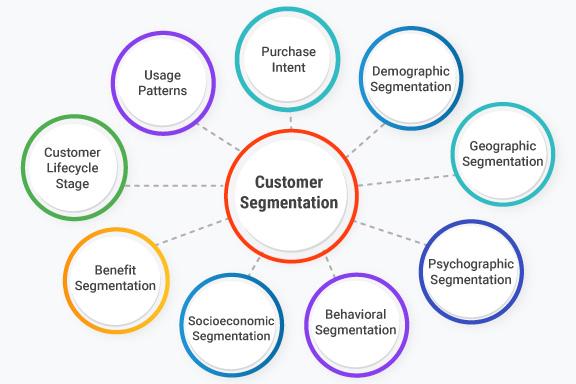
Measuring Success: Key Metrics for Customer Segmentation Impact
Evaluating the effectiveness of customer segmentation strategies requires a robust set of metrics that provide insights into performance and areas for improvement. Start by focusing on conversion rates, tracking the percentage of segmented customers who make a purchase compared to non-segmented groups. This metric can help assess how well your segmentation aligns with customer needs. Additionally, consider measuring customer lifetime value (CLV), which identifies the long-term value each segment brings to your business. A higher CLV within a certain segment may indicate effective targeting and engagement strategies.
Another critical aspect to evaluate is customer retention rate, which reflects how well your segmentation maintains customer loyalty over time. Segments with higher retention rates often signify a deep understanding of customers’ preferences. On the operational side, analyzing average order value (AOV) per segment can reveal purchasing patterns and encourage upselling strategies tailored to specific groups. To visualize these metrics effectively, consider the following table:
| Metric | Segment A | Segment B | Segment C |
|---|---|---|---|
| Conversion Rate | 25% | 15% | 30% |
| Customer Lifetime Value | $500 | $300 | $700 |
| Retention Rate | 85% | 60% | 90% |
| Average Order Value | $80 | $50 | $100 |
Concluding Remarks
In closing, the journey through customer segmentation reveals a landscape rich with insights waiting to be uncovered. By harnessing the power of data-driven strategies, businesses can tailor their offerings, foster meaningful connections, and ultimately elevate the customer experience to new heights. Embracing this approach not only enhances operational efficiency but also cultivates a deeper understanding of consumer behavior, leading to more effective marketing strategies and increased loyalty. As we move forward in an increasingly competitive marketplace, the art and science of customer segmentation will undoubtedly remain a cornerstone of success. So, as you ponder your next steps, remember—unlocking insights is just the beginning; the real transformation lies in how those insights are translated into action.


